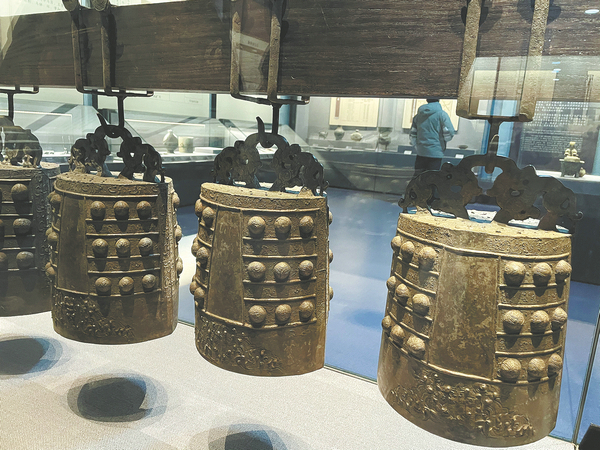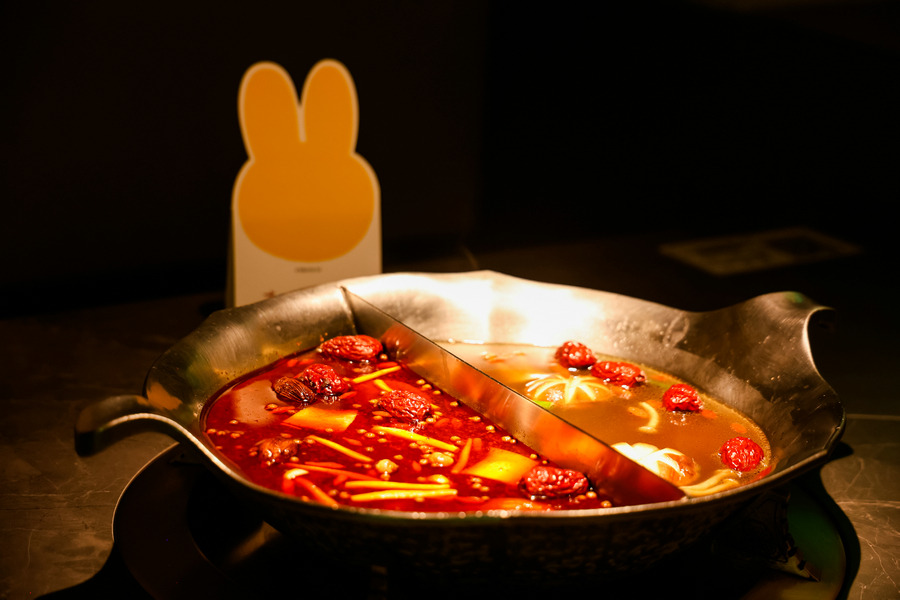Jingzhou turns history into modern attraction


Wang Yan, an operating manager of the Jingzhou city wall attraction, says that the Lunar New Year's Eve activities lasted until 9:30 pm. She remembers that, years ago, workers were usually on break during the festival because most Chinese organized celebration dinners with their family and then watched TV together at home. Few people used to venture out at night, unless it was to see firework displays.
"It's been an obvious trend that in recent years people are going out, especially to cultural sites, to celebrate Spring Festival," Wang says.
During the festival this year, the 11-kilometer-long wall welcomed tens of thousands of visitors every day from across the nation, and closing time was extended from 5:30 pm to 9:30 pm.
The wall, which dates back 2,600 years, was originally made of mud and was used primarily as a military defense. It was rebuilt several times under different dynasties and the current brick wall was rebuilt during the Ming and Qing dynasties (1368-1911). It is one of the best preserved city walls in China, and has seen the passage of numerous household heroes and historical events, especially during the late Eastern Han Dynasty (25-220) and the Three Kingdoms (220-280).
Jingzhou is widely known because of Romance of the Three Kingdoms, one of the four classic novels of Chinese literature. The epic saga is a compilation of legends and history and features prominent rulers, military officers and generals. Liu Bei and his two generals, Guan Yu and Zhang Fei, all well-known heroes of the late Eastern Han Dynasty and in literature, once ruled and guarded Jingzhou.
Wang, who was born in the city, says that the wall is a key part of its life, and that the names of its gates are also the names of bus stops and markets.
"In recent years, more and more residents have started to explore the stories behind the city wall. It's like a cultural awakening. Its DNA is ingrained in local blood," Wang says.

































